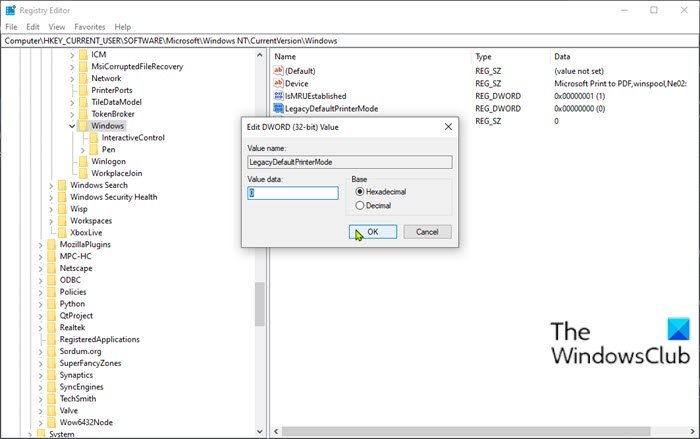


Dired for directory Open in -n -alternate-editor=\"c:\\path_to\\emacs\\bin\\runemacs.exe\" -n \"%V\"" Dired for Open in -n -alternate-editor=\"c:\\path_to\\emacs\\bin\\runemacs.exe\" -n \"%V\"" Dired for desktop Open in -n -alternate-editor=\"c:\\path_to\\emacs\\bin\\runemacs.exe\" -n \"%v\"" Open file in new Edit in new -n -alternate-editor=\"c:\\path_to\\emacs\\bin\\runemacs.exe\" -c -n \"%1\"" Open file in existing Edit in existing -n -alternate-editor=\"c:\\path_to\\emacs\\bin\\runemacs.exe\" -n \"%1\"" Be sure to set the correct path to Emacs on your system Here is an upgraded version that adds tons and tons of options.
Windows 7 edit new file menu windows 10#
Ultimate Context Menu "Edit with Emacs," Windows 10 Please use HKEY_CURRENT_USER\Software\Classes instead. Note that HKEY_CLASSES_ROOT is a thing of the past. To fix this you can clear the server files: rm "~ \.emacs.d \server \*" [HKEY_CURRENT_USER \Software \Classes \* \shell \emacsopennewframe "C: \\path \\to \\emacs \\bin \\emacsclientw.exe -n -alternate-editor= \"C: \\path \\to \\emacs \\bin \\runemacs.exe \" -c \"%1 \""Įmacsclient may stop functioning if there is an old server file left over from previous instance of Emacs which has not shut down properly. [HKEY_CURRENT_USER \Software \Classes \* \shell " &Emacs: Edit in new window" "icon"= "C: \\path \\to \\emacs \\bin \\emacsclientw.exe" [HKEY_CURRENT_USER \Software \Classes \* \shell \emacsopencurrentframe "C: \\path \\to \\emacs \\bin \\emacsclientw.exe -n -alternate-editor= \"C: \\path \\to \\emacs \\bin \\runemacs.exe \" \"%1 \"" Open file in new frame [HKEY_CURRENT_USER \Software \Classes \* \shell " &Emacs: Edit in existing window" "icon"= "C: \\path \\to \\emacs \\bin \\emacsclientw.exe" Be sure to set the correct path to Emacs on your system! Double click the file and confirm the security warning to add this to the registry. Replace the paths to Emacs binaries to match the location on your system. Save the following text to a file with emacs_explorer.reg. This will connect to a running Emacs server if one exists. For more on that, you might want to check out our following articles.This page lists a few ways to Emacs to the right click menu in the Windows file explorer. Like these Windows UI features, the ability to customize the “Send To” menu is nothing new, and you can do it in previous versions of Windows as well.
Windows 7 edit new file menu how to#
That is another good tip, and you can read more about using it in our article: How to Copy a File or Folder Path to the Clipboard in Windows. It’s adding several of the default items from your Users folder on your system drive.Īlso, you’ll see “ Copy as path” on the context menu just above Send to. This time, you’ll see a lot more locations, perhaps places in Windows 10 that you didn’t know existed. Hold down the Shift key while you right-click a document or other file and select Sent to. Then I added OneDrive, Slack, and a couple of network folders. In the example below, I deleted Fax Recipient, Mail Recipient, and Documents. In the screenshot below, I’m dragging a OneDrive shortcut over. To add a location, drag its shortcut into the SentTo folder. To get rid of a place, just right-click and hit Delete. The “SendTo” folder will open, and from here, you can delete locations that you’d never use and add more modern places. To delete or add locations, hit Windows Key+R and type: shell:sendto and hit Enter. I am sure there are companies out there that still need to use the fax option, but not so much for the average home user. For example, right-click a document, and you’ll find some legacy items in the Send to category – Fax Recipient is the one that is the most obvious. As I mentioned in the intro, Windows 10 is a modern OS for 2016, but it still has some legacy features that have been part of Windows for years.


 0 kommentar(er)
0 kommentar(er)
